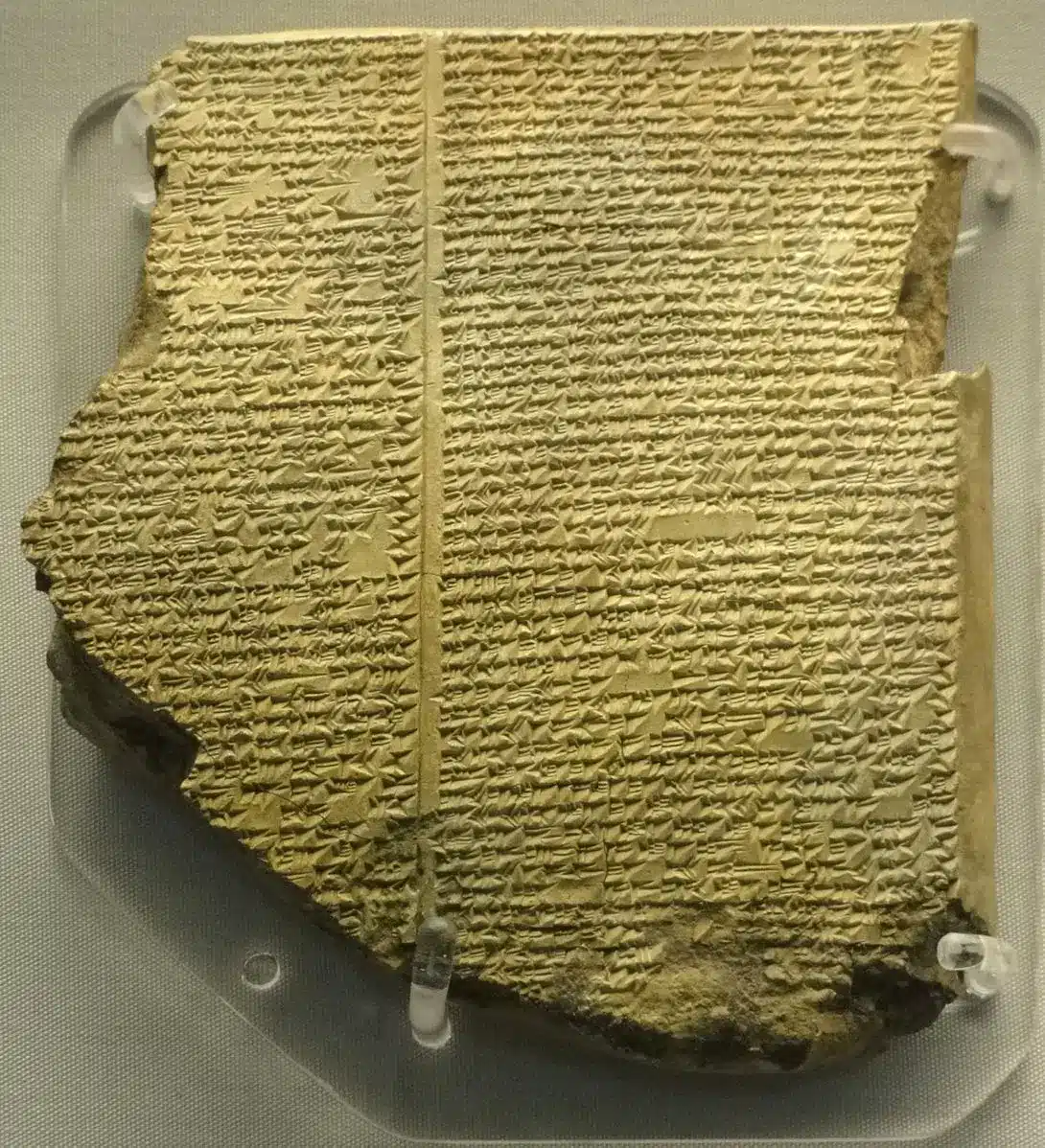Uruk Library
The library is an accumulation of written documents, so on that idea we must begin the search in the Sumerian city of Uruk, in 3400 BC. At the beginning of what we know today as writing, this library kept the records of laws on the economy, society and politics of the Mesopotamian civilization, including the rules on the division of labor, urban organization and construction of power of religions. , even today more than 4000 texts are preserved that are witnesses of the dawn of civilization.

Library of Nineveh
The Library of Nineveh was founded in 668 B.C. by the Assyrian king Ashurbanipal, with more than 22,000 clay tablets, leather scrolls and papyri, with Hittite and Assyrian texts in various languages. When the Babylonian king Nabopolassar razed Nineveh in 612 B.C., he destroyed much of the library’s contents. Today we can find in the British Museum the Ammisaduqa Venus Tablets, recovered from the library of Nineveh (present-day Mosul, in Iraq), whose text dates from 1700 BC, with astronomical observations of the planet Venus, made during the reign of Ammi-Saduqa, King of Babylon and fourth successor to Hammurabi.
Libraries of Babylon and Greece
Starting around 500 BC, several libraries were created that were not only to preserve important texts, but also served as a center of intellectual activity, influencing science, literature and philosophy, contributing to academic thought and research, creating support materials. for societies and governments.
During the reign of Nebuchadnezzar II (605-562 B.C.), a great library was built in Babylonia and, under the leadership of the Athenian Pisistratus, the first great public library was inaugurated in Greece in the sixth century B.C.
Library of Alexandria
In the third century B.C. During the Hellenistic period of Ancient Egypt, the founder of the Ptolemaic dynasty, Ptolemy I Soter, successor to Alexander the Great, built in the palace complex of the city of Alexandria, a large library and a research center called the Museion, dedicated to the muses, housing almost five hundred thousand literary, academic, and religious volumes, which would become the largest forum for the dissemination of knowledge in antiquity.
The library was central to the life of the city until, in 641, the Ottoman Empire invaded Alexandria, destroying everything in its path and, according to some writings, when the conquering general Amru asked Caliph Omar what to do with the books and papyri. from the library, the caliph replied: “if the texts are in accordance with the doctrine of the Koran, they are useless and if they are against they must be destroyed.” Under this order the books were burned, to later destroy the Library.
In 1974 the president of the University of Alexandria, Nabil Lotfy Dowidar, proposed to recover the old Library of Alexandria, in 1986 the Egyptian government asked Unesco to carry out a feasibility study of the project.
In 1988 Unesco organized an architectural competition to select a design for the new library and, on October 16, 2002, the “Bibliotheca Alexandrina” was inaugurated, which functions as a modern cultural center, following the objectives of the old library. The new building has a capacity for eight million volumes, housing a conference center, six specialized libraries, four museums, art galleries and a planetarium.